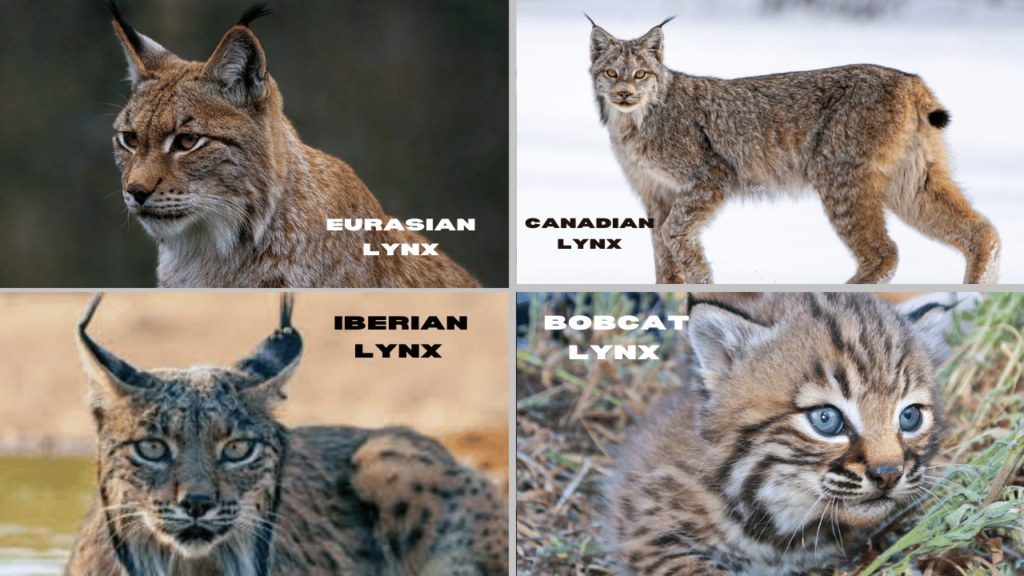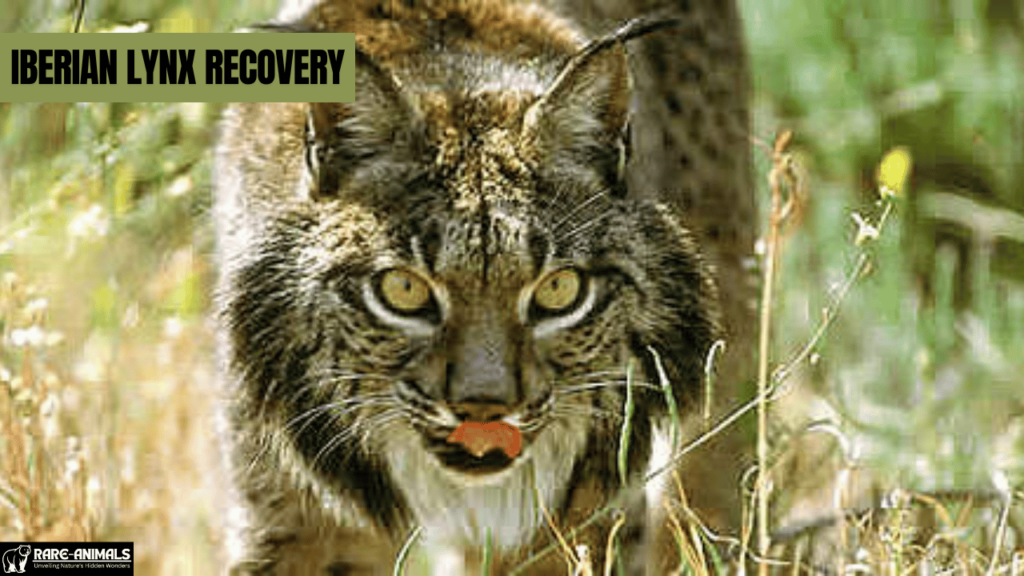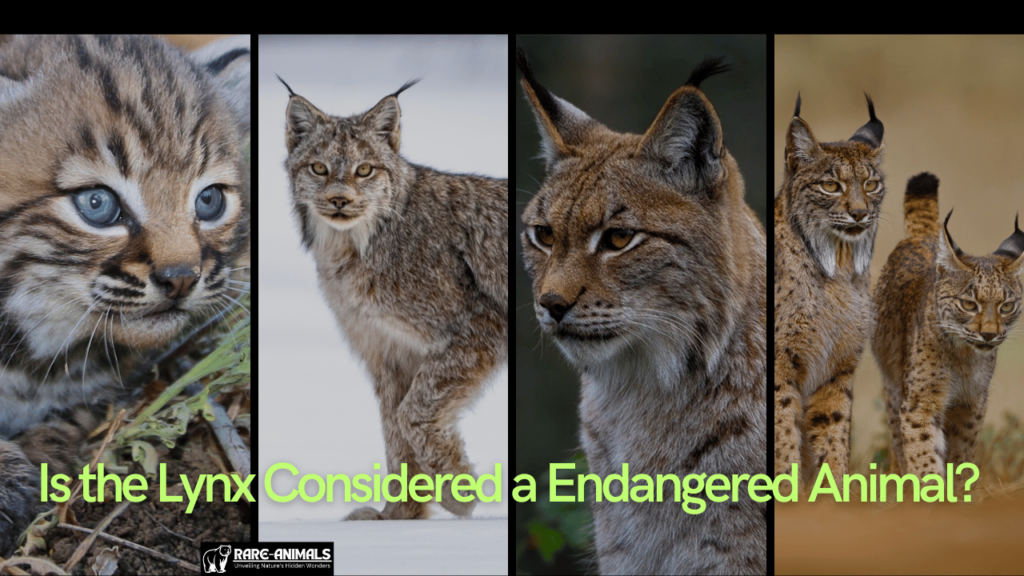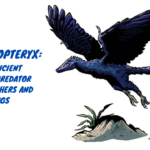The lynx, a medium-sized wildcat known for its tufted ears, stealthy nature, and adaptability, is found across the forests and mountainous regions of Europe, Asia, and North America.
Despite its impressive survival skills, the lynx faces threats that have raised questions about its conservation status.
This article delves into whether the lynx is endangered, exploring its species, habitats, challenges, and conservation efforts.
Lynx Species
The Four Lynx Species
Lynx refers to four species within the genus Lynx, each adapted to different ecological niches. These species are:
- Eurasian Lynx (Lynx lynx)
The largest of the lynx species, it is found across Europe and Asia. It primarily inhabits dense forests and mountainous terrains. - Canadian Lynx (Lynx canadensis)
This species thrives in the boreal forests of Canada and Alaska, relying heavily on snowshoe hares as its primary prey. - Iberian Lynx (Lynx pardinus)
Endemic to the Iberian Peninsula, this is the rarest and most critically endangered lynx species. - Bobcat (Lynx rufus)
Found across North America, the bobcat is the smallest and most widespread of the lynx species.

Conservation Status of Lynx Species
The International Union for Conservation of Nature (IUCN) Red List provides an assessment of the conservation status for each lynx species:
| Species | Common Name | IUCN Status | Geographic Range |
|---|---|---|---|
| Eurasian Lynx | Eurasian Lynx | Least Concern | Europe, Asia |
| Canadian Lynx | Canadian Lynx | Least Concern | Canada, Alaska, Northern U.S. |
| Iberian Lynx | Iberian Lynx | Endangered | Iberian Peninsula (Spain, Portugal) |
| Bobcat | Bobcat | Least Concern | North America |
Iberian Lynx: A Case Study in Conservation
The Iberian lynx (Lynx pardinus) is often the focus of conservation efforts due to its endangered status. Once widespread across the Iberian Peninsula, habitat destruction, hunting, and declines in prey populations have brought this species to the brink of extinction.

Factors Affecting Lynx Populations
Habitat Loss
Habitat destruction is the primary threat to lynx populations worldwide. Deforestation, urbanization, and agricultural expansion have fragmented their habitats, making it difficult for lynx to hunt, reproduce, and migrate.
Decline in Prey Availability
Lynx species are obligate carnivores, relying on prey such as snowshoe hares, roe deer, and rabbits. A decline in these prey species due to disease, habitat loss, or overhunting can directly impact lynx survival.
Climate Change
Climate change affects lynx in several ways. For example, Canadian lynx rely on snowy conditions to hunt snowshoe hares. A warming climate reduces snow cover, disrupting their hunting efficiency.
Poaching and Human Conflict
Lynx are often killed by poachers for their fur or by farmers protecting livestock. Despite legal protections in many areas, illegal hunting remains a significant threat.
Conservation Efforts and Success Stories
Reintroduction Programs
Efforts to reintroduce lynx to their historical ranges have shown promising results. For example, Eurasian lynx have been successfully reintroduced to regions of Central Europe, such as the Swiss Alps.
Habitat Restoration
Restoration projects focus on rebuilding forests and creating wildlife corridors to allow lynx populations to expand and migrate safely.
Legal Protections
Many countries have implemented legal protections for lynx, including anti-poaching laws and bans on fur trade.
| Conservation Measure | Example Regions | Impact on Lynx Population |
|---|---|---|
| Reintroduction Programs | Switzerland, Germany | Increase in local populations |
| Habitat Restoration | Spain, Portugal | Expanded Iberian lynx habitat |
| Legal Protections | Canada, Europe | Reduced poaching rates |
Iberian Lynx Recovery
In the early 2000s, the Iberian lynx population fell to fewer than 100 individuals. Intensive conservation efforts, including breeding programs and habitat restoration, have increased their numbers to over 1,000 by 2023. However, the species remains vulnerable due to its limited range.

Future Challenges and Opportunities
Expanding Human-Wildlife Conflicts
As human populations grow, conflicts between lynx and humans are likely to increase. Livestock predation and competition for space can lead to negative perceptions of lynx among local communities.
Climate Change Adaptation
Conservation strategies must account for climate change, ensuring that lynx populations have access to suitable habitats and prey under shifting environmental conditions.
Collaboration Across Borders
Since lynx often inhabit regions spanning multiple countries, international collaboration is essential for their conservation. Cross-border wildlife corridors and coordinated monitoring programs can support population connectivity.
Conclusion
The conservation status of lynx varies widely among species. While the Eurasian, Canadian, and bobcat species are not considered endangered, the Iberian lynx remains critically endangered.
Efforts to protect these elusive predators have yielded significant successes, but challenges persist. Habitat restoration, legal protections, and community engagement are crucial to ensuring the survival of lynx populations worldwide.
By addressing these challenges and leveraging conservation opportunities, we can help secure a future for these remarkable wildcats.
FAQs
1. Are all lynx species endangered?
No, not all lynx species are endangered. The Eurasian lynx, Canadian lynx, and bobcat are classified as “Least Concern” by the IUCN. However, the Iberian lynx is considered endangered and requires intensive conservation efforts.
2. What is the main threat to lynx populations?
The primary threats to lynx include habitat loss, prey scarcity, poaching, and climate change. For the Iberian lynx, a declining rabbit population has been a significant issue.
3. Where can lynx be found?
Lynx inhabit a range of environments:
Eurasian lynx: Europe and Asia
Canadian lynx: Canada, Alaska, and parts of the northern United States
Iberian lynx: Spain and Portugal
Bobcat: North America
4. Why is the Iberian lynx critically endangered?
The Iberian lynx faces severe threats from habitat fragmentation, loss of prey, and human activities. Conservation efforts have helped increase their population, but the species remains vulnerable due to its restricted range.
5. What are some successful conservation efforts for lynx?
Successful initiatives include reintroduction programs, habitat restoration, and legal protections. For example, the Iberian lynx population has rebounded significantly due to breeding programs and habitat management in Spain and Portugal.
6. How can people help protect lynx?
Supporting conservation organizations, advocating for wildlife corridors, reducing habitat destruction, and spreading awareness about the importance of lynx in ecosystems are effective ways to contribute to their protection.
7. Do lynx pose a threat to humans?
Lynx are generally shy and avoid humans. They pose no significant threat to people, though they may prey on small livestock if natural prey is scarce.

Alveena is an experienced content writer with a knack for crafting engaging and insightful pieces. She thrives on breaking down complex ideas and presenting them as clear, captivating content that resonates with readers.







